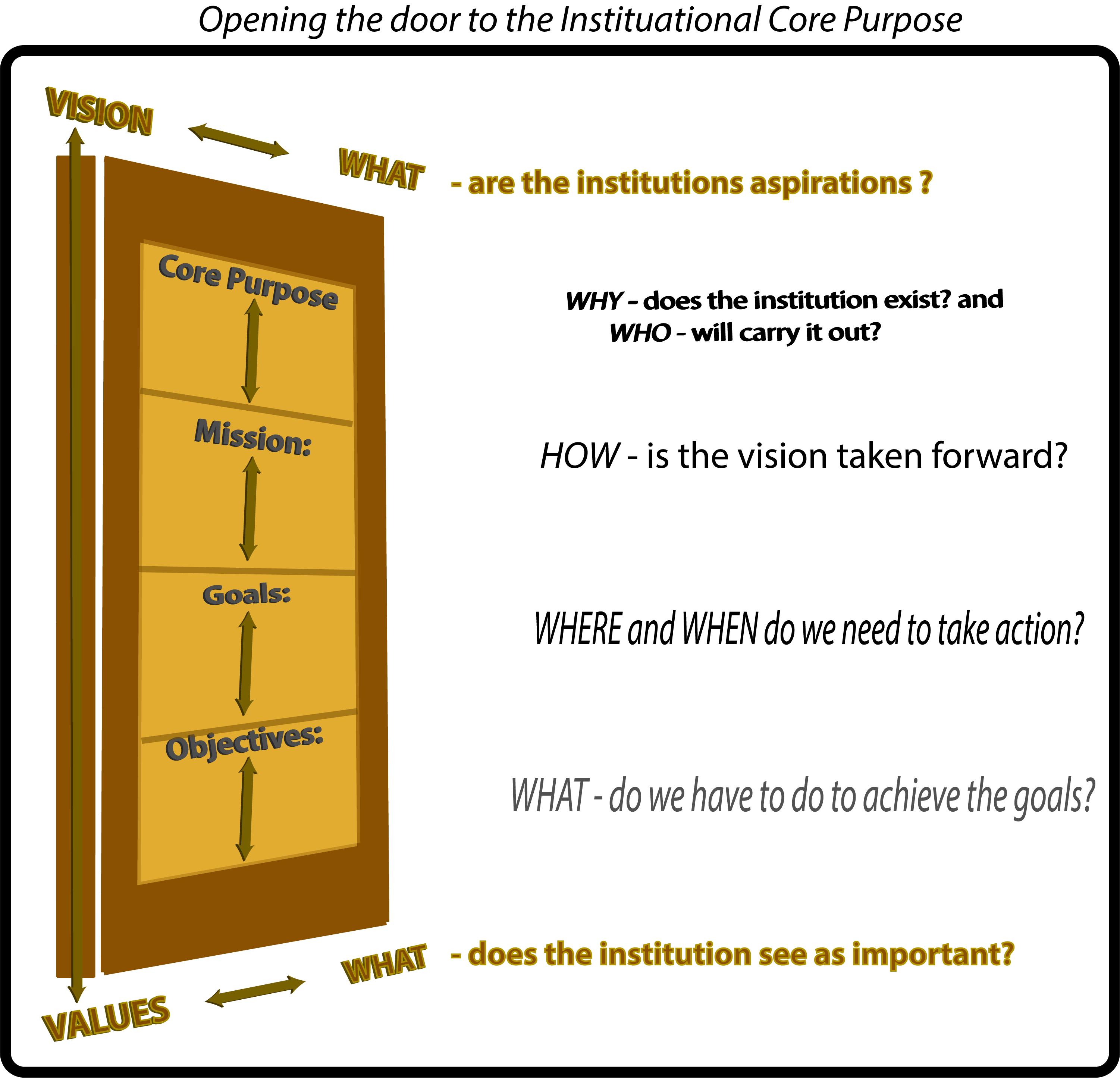
Collective Leadership Inventory
Working together collaborativelyThe Future for the Collective Leadership Model (CLM)

Why do we need to reimagine leadership?
There is no better time to consider the Future for a new way of thinking about leadership and Assessing it's Impact
As we face the challenges of the 2019-2021 ongoing global pandemic, leaders at all levels should reimagine how leadership needs to change. This will be important as some changes that have taken place during the pandemic are unlikely to be reversed. These changes may well challenge why the organisation exists and, in particular, how it goes about its business on behalf of its stakeholders.

Common questions for the future of public leadership today concern:
What will new normal look like?”
“How do we build back better?” and
“What skills will leaders need in the future?”
Our key message is that we need to reimagine leadership
It is entirely right to ask "Why?" As Simon Sinek argues [1]:
“great businesses know why they’re doing what they’re doing”
Combining why and what is an important part of defining the core purpose of an institution. Sinek describes how businesses missions act as their guiding principle. We know that the mission statement is important but – on its own – it has no utility; it needs to be lived.
Philip Selznick [2] writing some fifty years earlier told us that creating a sense of purpose and mission infuses groups with values and provides direction by virtue of long-term objectives in achieving the vision. Sinek tends to conflate mission and vision whereas Selznick was more precise, suggesting that the institutional leader should:
“specify and recast the general aims of his organization so as to adapt to them, without serious corruption, to the requirements of institutional survival” (p.69).
The vision and values will determine this enlivenment in setting the foundation for the core purpose (the Institutional raison d'être). Our six intelligent leadership questions (ILQs) (as with Kipling) will serve us well in developing the Institutional Core Purpose (ICP).
Developing a collective leadership approach
In developing a collective leadership approach, the first priority is to acknowledge and understand that the vision, mission, and values statements provide direction for everything that happens in an organization or institution. Throughout our guidance we will refer to the institution as opposed to a company or an organisation. The meaning of institution is more inclusive, defined as “An establishment, organization, or association, instituted for the promotion of some object, especially one of public or general utility”. This aligns well with our notion of leading in the public interest and to underline its collective nature.
Shared values act as a guide for behaviours of those who work within or engage with the institution. As we have inferred in our introduction, the terms are often used interchangeably and conflated, particularly the vision and mission statements. These terms need to be distinguished from each other. We can achieve this by using the six ILQs and taking account of the seven collective leadership values and the supporting thirty behavioural statements/expectations.

We first identify the “what?” from the stated aspirations of the vision and stakeholder expectations informed from a sense of shared values in terms of institutional salience. If, as Selznick argued, the values determine the mission, then the values will also be instrumental in defining ‘why the organisation exists’.The essence of values would be reflected in the vision which, together with a mission statement, forms the core purpose (equating to Selznick’s notion of the institutional mission). The mission then determines the way in which the vision is taken one step further by entrusting the mission to others (a high-level statement of ‘how?’ accompanied by a broad sense of the collective ‘who?’) The combination of the broad answers to these questions leads to the identification of the substance of the Institutional Core Purpose. This integrated core purpose spells out the reason for which something is done (the ‘why?) and its intended effect (the ‘with what impact?’) reflected then by stated goals and objectives. Goals represent a clear statement of intent in relation to where efforts will be directed (the ‘where?’) future results or expectations in the short term (the ‘when?’) and objectives, which are the activities that need to be pursued to achieve the organisation’s goal (the more specific ‘how?’ question) in alignment with the vision, values and mission statement (Institutional raison d'être).

The process for articulating the institutional ‘why’? in identifying the core purpose is illustrated to the right.
The role of the core purpose of the organisation, which interacts with the external (P.E.S.T.L.E context), is to take the ‘what questions’ further as we try and frame our response within the context of the all-important ‘why?’ question. The core purpose states the reason for which something is done and its intended effect. The core purpose takes due account of the underpinning values and the overarching vision. It asks ‘why’ does the organisation exist and ‘who’ will carry it out and encompasses the mission, goals and objectives as illustrated here.
POINTS TO CONSIDER IN DRAFTING THE CORE PURPOSE:
VALUES
- The values statement tells us what the institution believes in and why those who work within the institution get up in the morning to pursue their personal beliefs.
- The values (both collective and individual) bring to life the institutional expectations as to how the people who work within the institutional networks will behave with each other, the customers and other stakeholders.
- The values provide a moral compass for the institution which guides both collective and individual decision making within agreed standards for assessing impact.
- Accountable leadership based on the values (and the ultimate vision) will be the key to assessing the successful manifestation of the shared values.
VISION
- A vision statement is a statement of an organization’s overarching aspirations of what it hopes to achieve or to become.
- The vision is a broad description of the value an organization provides. It is visual image of what the organization is trying to produce or become.
- It should inspire people and motivate them to want to be part of and contribute to the organization. Vision statements should be clear and concise, usually not longer than a short paragraph.
MISSION
- The mission statement describes what the organization needs to do now to achieve the vision
- The mission statement is more specific. It defines how the organization will be different from other organizations in its industry.
- The mission statement respresents the High-level ‘how’ – How is the institution differentiated from its competition, USP etc and where does it operate (which sector)?
- The mission statement conveys to stakeholders (their ‘who’) why the organization exists. It explains how it creates value for the market or the larger community.
If you wish to read more about how the Collective Leadership Model (CLM) and the Collective Leadership Inventory (CLI) can help you and your institution in defining, establishing and assessing the institutional core purpose (ICP), click on the ‘Read More bar’ below. This additional information will also guide you through the brief step by step processes of creating the ICP and in determining the strategic activities which will underpin the detailed response to the ‘How?’ question. The additional reading will then conclude this section by highlighting the benefits of the CLM and the CLI in supporting your collective leadership approach before linking to the final section which is dedicated to the How? (our Leadership Quomodo).
REFERENCES:
- Sinek, S. (2011) Start with why : how great leaders inspire everyone to take action. London: Portfolio Penguin.
- Selznick, P. (1957) Leadership in administration : a sociological interpretation. Evanston, Ill: Row, Peterson.
